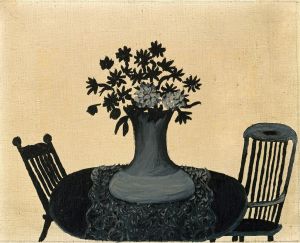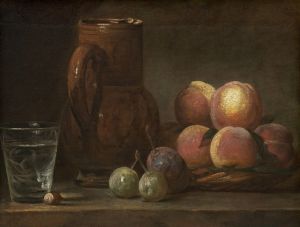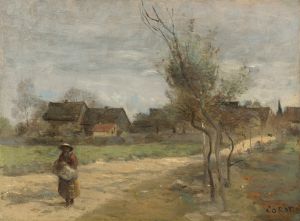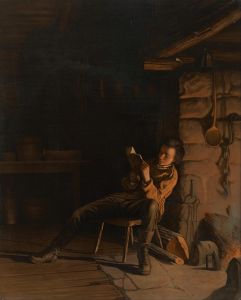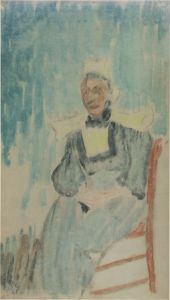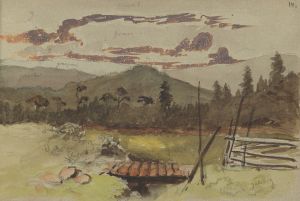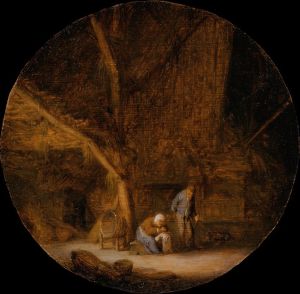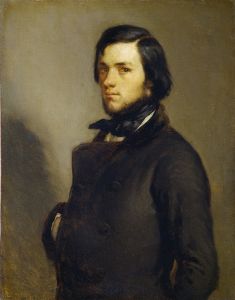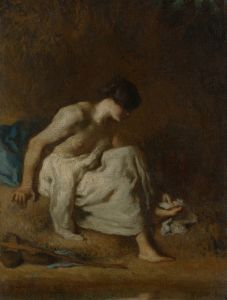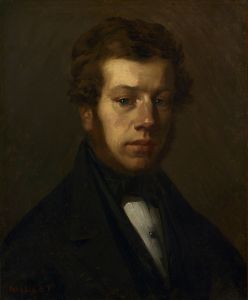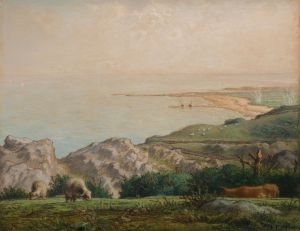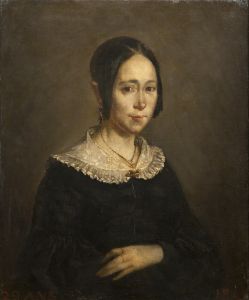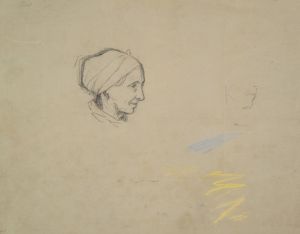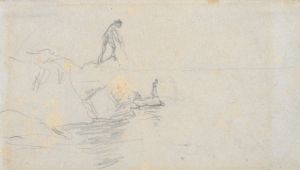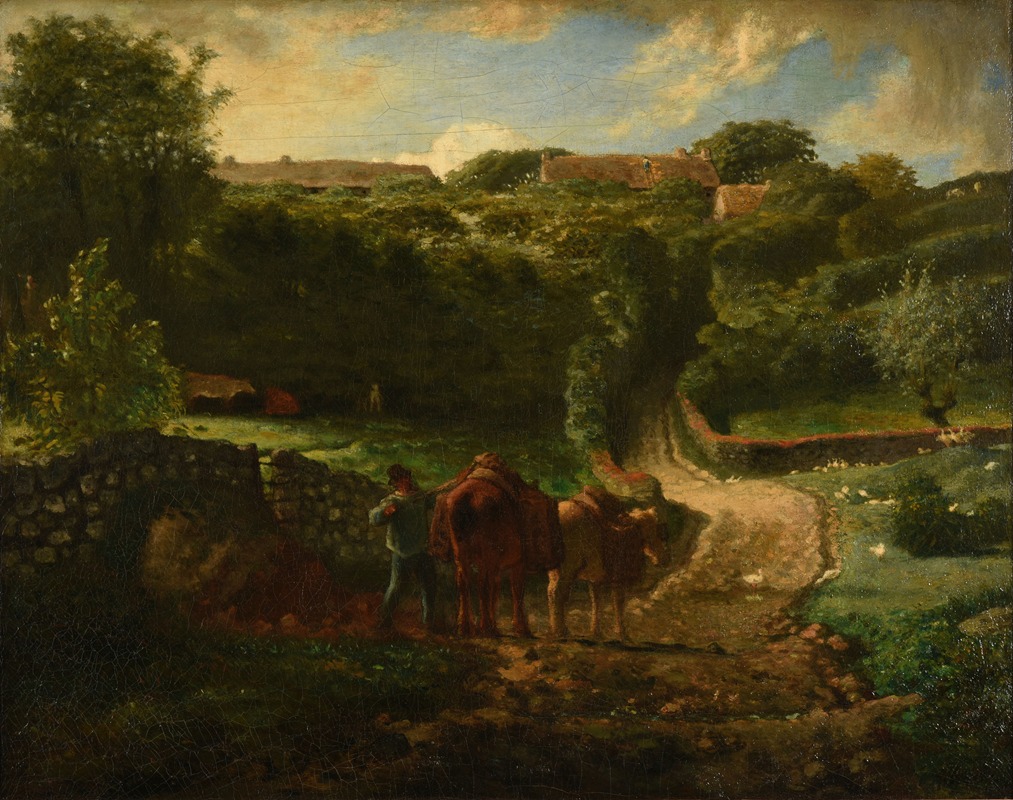
Hameau Cousin à Gréville
A hand-painted replica of Jean-François Millet’s masterpiece Hameau Cousin à Gréville, meticulously crafted by professional artists to capture the true essence of the original. Each piece is created with museum-quality canvas and rare mineral pigments, carefully painted by experienced artists with delicate brushstrokes and rich, layered colors to perfectly recreate the texture of the original artwork. Unlike machine-printed reproductions, this hand-painted version brings the painting to life, infused with the artist’s emotions and skill in every stroke. Whether for personal collection or home decoration, it instantly elevates the artistic atmosphere of any space.
"Hameau Cousin à Gréville" is a painting by the French artist Jean-François Millet, who is renowned for his depictions of peasant life and rural landscapes. Millet was a prominent figure in the Barbizon School, a movement that emphasized naturalism and the beauty of the French countryside. This particular painting, created in 1855, exemplifies Millet's dedication to portraying the simplicity and dignity of rural life.
The painting depicts a small hamlet in Gréville, a village in the Normandy region of France, where Millet was born in 1814. The scene is characterized by its rustic charm and tranquil atmosphere, capturing the essence of rural living in the 19th century. The composition includes several cottages with thatched roofs, surrounded by lush greenery and trees. The use of earthy tones and soft lighting creates a serene and harmonious mood, reflecting Millet's deep connection to the land and his appreciation for the natural world.
Millet's technique in "Hameau Cousin à Gréville" is notable for its attention to detail and texture. The brushwork is meticulous, with careful rendering of the thatched roofs, stone walls, and foliage. This attention to detail not only enhances the realism of the scene but also conveys a sense of timelessness and permanence. The painting is imbued with a sense of quietude and stillness, inviting the viewer to contemplate the simple beauty of rural life.
Jean-François Millet's work often focused on the lives of peasants and their relationship with the land. His paintings, including "Hameau Cousin à Gréville," are celebrated for their empathetic portrayal of rural communities and their labor. Millet's art was influenced by his own upbringing in a farming family, and his works reflect a profound respect for the hard work and resilience of rural people.
"Hameau Cousin à Gréville" is an important example of Millet's contribution to the Barbizon School and his influence on later movements such as Realism and Naturalism. The painting is housed in the Musée d'Orsay in Paris, which holds a significant collection of Millet's works. The museum's collection provides insight into Millet's artistic development and his impact on the art world.
Millet's legacy is marked by his ability to capture the essence of rural life with authenticity and sensitivity. His works continue to be admired for their technical skill and emotional depth, offering a window into the world of 19th-century rural France. "Hameau Cousin à Gréville" stands as a testament to Millet's enduring influence and his commitment to portraying the dignity and beauty of everyday life.





